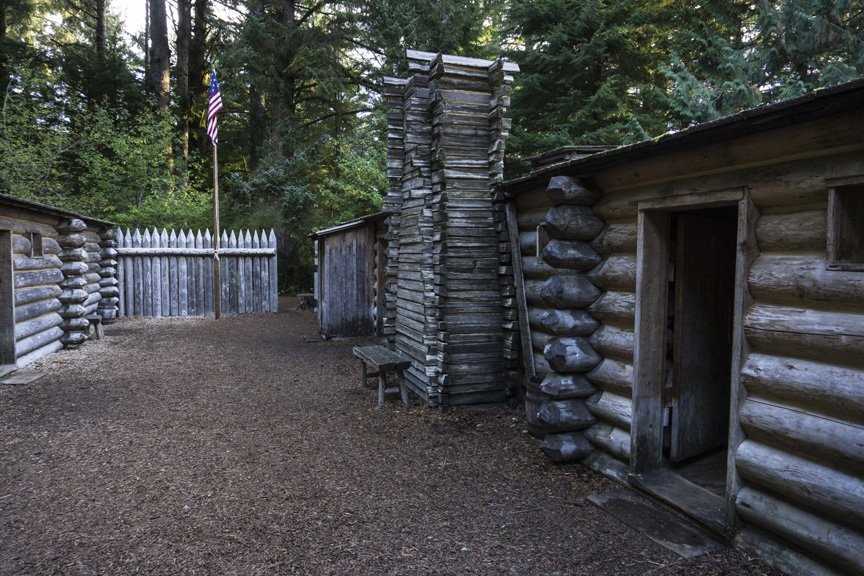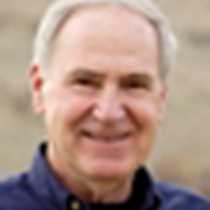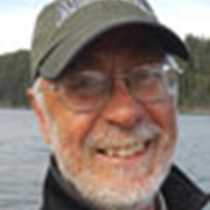All week long we were warned of torrential rains coming to Astoria, Oregon, on Wednesday, October 12. Imagine our surprise when we woke up this morning to sunny, blue skies. It was a beautiful day for our last visits to Lewis and Clark sites, and even to the Pacific Ocean. “Ocean in view, O! the joy,” wrote William Clark on November 7, 1805. We stepped onto Waikiki Beach (named for an Hawaiian fur trader) this afternoon—a fitting end to the Lewis and Clark Trail, and to our own journey from Clarkston, Washington, down the Snake and Columbia Rivers to the Pacific.
Our first stop was Fort Clatsop, where the Lewis and Clark expedition spent the long, dreary winter of 1805-1806. The fort is part of the Lewis and Clark National Historic Park, and contains a replica of the actual structure where 32 men, one woman (Sacagawea) and a dog (Seaman) were crowded into 2,500 square feet (only 60 percent livable) for 106 days. Rotten weather, poor diets, and uncooperative natives could not relieve ennui. But the Corps of Discovery survived, and embarked on the return trip healthy, energetic, and happy that the next winter would be spent in the friendly confines of their homes.
A later-morning visit to the Columbia River Maritime Museum in Astoria was a rewarding experience. Much of the space is devoted to the Columbia River bar—a perilous entry to the river from the ocean that has claimed over 2,000 ships since records were kept. The salmon canning industry in Astoria, which once boasted over 50 factories, is also featured. There is a military section, highlighted by the U.S.S. Astoria, which went down under Japanese guns at the Battle of Savo Island, off Guadalcanal in 1942. Particularly moving is a display of Japanese family flags, scheduled to be returned to families if possible.
In the afternoon we all journeyed across the Columbia River estuary to Cape Disappointment in Washington—actually named in 1788 by a British seaman who couldn’t cross the bar. The Cape is the site of Fort Canby, which guarded the entrance to the river from the Civil War to World War II. A tasteful Lewis and Clark Interpretive Center traces the history of the expedition from its start, with emphasis on its presence in the Pacific Northwest. Many of us hiked down the mountain to the Maya Lin boardwalk (made of concrete!), a part of the Bicentennial Confluence Project, which leads to Waikiki Beach. In all, we were as thrilled as the explorers themselves to have reached the ocean. Lewis and Clark took 18 months; we were at it for seven days, but they were days none of us will ever forget.









